
Take a walk on the wild side!
We care for 1,000 woods across the UK, each one home to incredible creatures. So find a wood near you and discover awe-inspiring wildlife right on your doorstep.
Explore a wood
Content manager
If you thought human relationships were complex, just wait until you hear what happens in the animal world. Here, we highlight 12 wild creatures and their extraordinary mating behaviours. From deadly dinner dates and dramatic dances to love darts and fisticuffs, the love lives of animals are sensational affairs!
In the animal kingdom, it’s usually the male that must impress the female. He needs to show he’s the strongest, healthiest partner available so she chooses him as her mate. Animals have many weird and wonderful ways to attract attention to themselves, such as singing, dancing, displaying vivid colours and even fighting. These tactics are called courtship rituals.
Ever heard the expression ‘mad as a March hare’? It’s inspired by the feisty behaviour that hares famously display in spring. As breeding season begins, males (bucks) often chase down females (does). They sprint across fields on a mission to mate, reaching top speeds of 40 miles per hour. But when the amorous males get too keen, the fed-up females fend them off with a bit of boxing!
Male stag beetles engage in brutal brawls to secure a female partner. They are well equipped for combat and use their huge mandibles (jaws) to wrestle. During clashes, they battle to pick up their opponent and toss him to the ground. The winner then shows off to the lucky female, proudly strutting around her with his victorious mandibles held high.
The UK’s only venomous snake has a surprisingly gentle courtship. Well, to start with at least. Male adders find females by following their scent trails. Once paired up, the male flicks his tongue along the female’s body and massages her to persuade her to mate. If a rival suitor interrupts, the males will wrestle – entwining their bodies and attempting to force each other to the ground in a display of dominance. While the loser slithers off in defeat, the victor wins the opportunity to mate.
The adders' coupling is a lot less tender than their foreplay. Barbs on the male’s penis help the snakes stay locked together for up to an hour, ensuring sperm is transferred successfully. And if the female decides to move location during mating, the male is dragged along with her!
Male black grouse gather in groups at dawn and put on a flashy display called lekking to attract females. They fan out their tail feathers, showing the fluffy white plumage underneath. Prancing around the lek (the display area), they jostle each other for prime position. The alpha males usually take centre stage, showing the females they are stronger and fitter than the rest.
The male great crested newt grows a jagged crest along his back and tail especially for the mating season. He has a spectacular way of showing it to interested females. First, he finds a stage – an open area at the bottom of the pond – then it’s time for his best dance moves. He flips into a ‘handstand’ and whips his tail back and forth while waggling his crest. What a show-off!
Male frogs and toads are croaky crooners who use their voices to attract partners. Females choose males with the loudest, longest croaks, so there’s a lot of competition to be heard. If you’re near a pond in early spring, listen out for a cacophony of croaks, ribbits and gurgles!
The male nursery web spider brings a gift to impress his feisty female partner – food wrapped in silk. However, this romantic dinner date can turn soon deadly. If the female likes his offering, she’ll let him mate with her while she eats. But if she finishes her meal before he’s done, she might decide to eat him!
After mating, the female uses her fangs in a more maternal manner – to carry her egg sac around.
This beetle puts on a dazzling summer light show, but it’s the female, not the male, with glow-in-the-dark superpowers. When night falls, female glow-worms clamber up plant stems and light up their bottoms to attract the flying males. This attention-grabbing green glow is bioluminescence and it’s created by a chemical reaction inside their bodies.
Have you heard heaps of birds tweeting and chirping on a spring morning? That’ll be the dawn chorus. It’s the sound of male birds singing to attract mates and defend their territories (the area where they breed).
Some birds, including robins, go even further. Once they’ve found a mate, they’ll bring her food. This is called courtship feeding and helps the female build up her strength ready for laying eggs.
When it comes to successful breeding, dunnocks take no chances. Instead of committing to one partner, females are known to mate with multiple males to ensure fertilisation. Males breed with multiple females too. It’s not unusual for chicks in the same brood to have different fathers and the males even share the parental responsibilities. As well as teaming up to defend their territory and provide greater protection for the nest, males help raise their young by finding food and feeding the chicks.
Slugs and snails are hermaphrodites – they have both male and female reproductive parts.
In spring and autumn, the enormous ash-black slug leaves the forest floor and glides up to the treetops to mate. Its slimy body creates a scented trail – a tempting invitation to potential partners. When they've found a suitable mate, the pair writhe around each other before dangling from a tree branch. In this precarious position, both slugs extend a penis as long as their own body (up to 30cm!) and entwine it with their partner’s. During this intimate tangle they exchange packets of sperm which they use to self-fertilise. When consummation is complete, the slugs fall back down to earth with an abrupt bump.
Common garden snails spend hours circling around each other, touching tentacles and biting. Then, just before mating, they try to stab each other with a sharp spear made from calcium. Ouch! This ‘love dart’ delivers hormones that help the snail accept its partner’s sperm, increasing the chances of fertilisation.

We care for 1,000 woods across the UK, each one home to incredible creatures. So find a wood near you and discover awe-inspiring wildlife right on your doorstep.
Explore a wood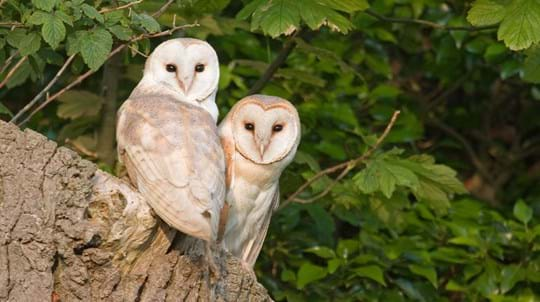
Blog
Rachel Hoskins • 14 Feb 2020
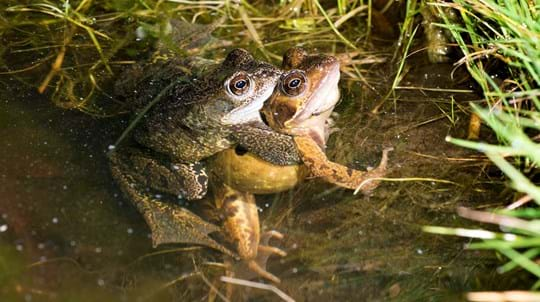
Blog
Rachel Hoskins • 09 Apr 2019
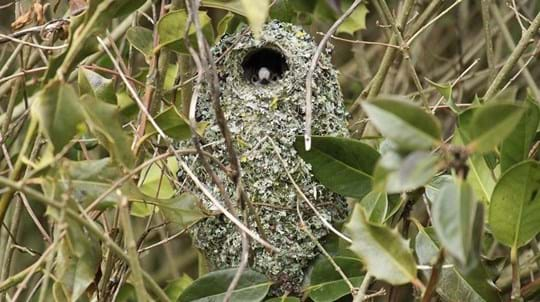
Blog
Hannah Vickers • 17 Jan 2019
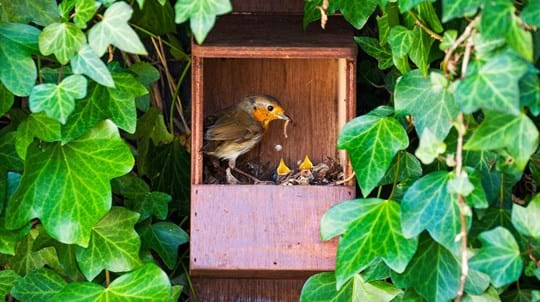
Blog
Hannah Vickers • 08 Feb 2019
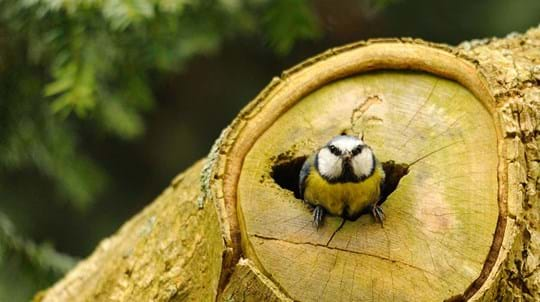
Blog
Amy Lewis • 12 Feb 2019
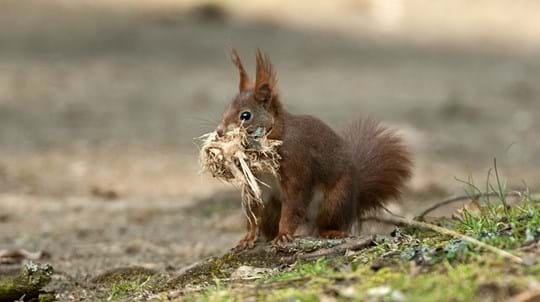
Blog
Charlie Mellor • 09 Jun 2020